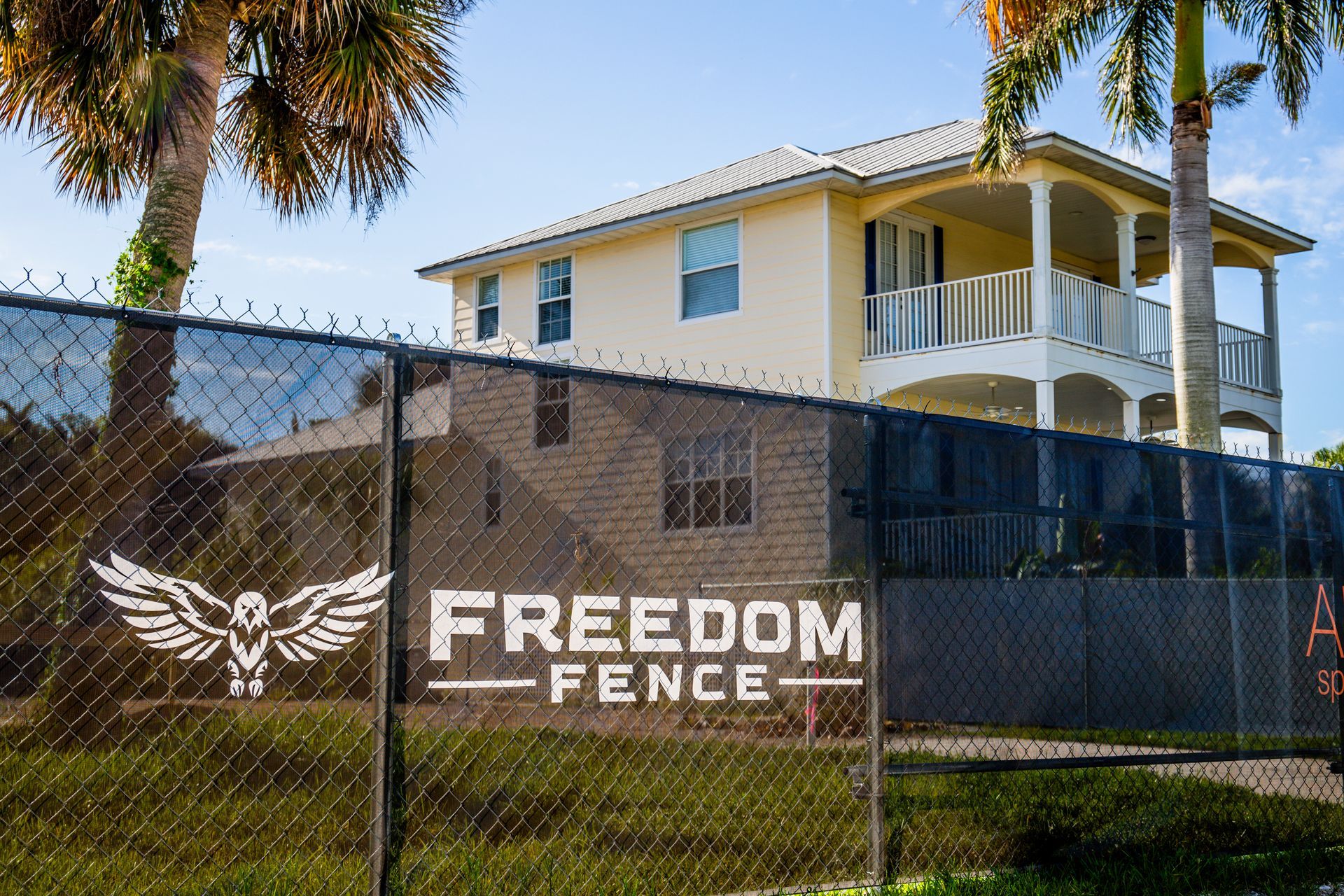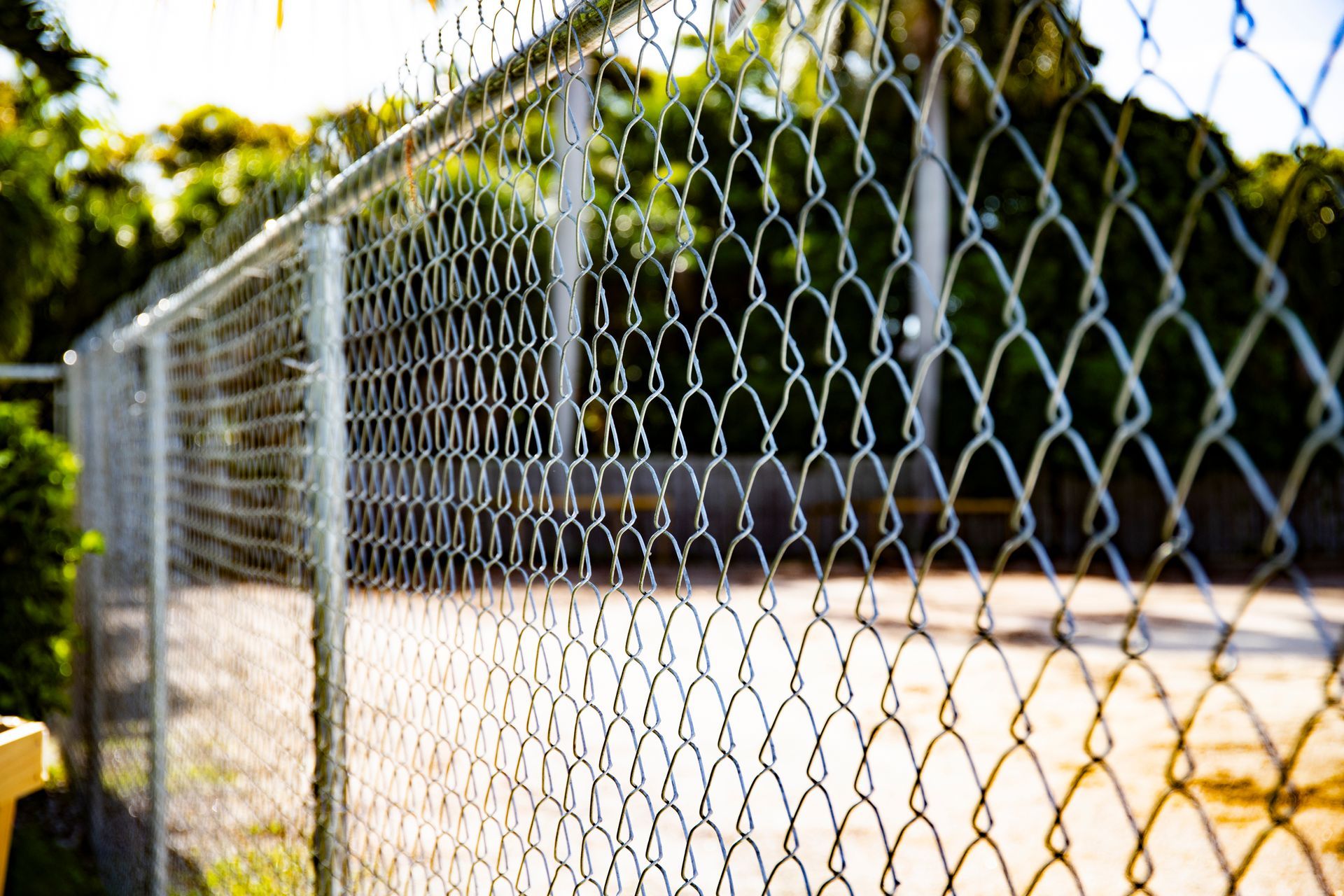Temporary Fencing Ideas: The Best Options for Your Needs

When planning an outdoor event, securing a construction site, or needing a temporary barrier for any reason, choosing the right temporary fencing is essential. This article will guide you through the best options available, their ideal use cases, installation tips, cost considerations, and eco-friendly choices. By the end, you'll have a clear understanding of which temporary fencing solution is right for your needs.
What Are the Best Temporary Fencing Options Available?
Temporary fencing is a versatile solution used for a variety of purposes, from crowd control at events to securing construction sites. Here’s an overview of the most popular temporary fencing options:
- Chain Link Fencing: Often used in construction and industrial sites, chain link fencing provides a sturdy and secure barrier. It’s durable, can be easily installed, and offers visibility, which is crucial for site security.
- Panel Fencing: This option is popular for events and festivals. Panel fencing is modular, meaning it can be easily set up, taken down, and configured to fit different spaces. It’s also relatively lightweight, making it easy to transport.
- Plastic Fencing: Lightweight and cost-effective, plastic fencing is ideal for short-term use, such as in small events or garden projects. While not as durable as metal options, it’s easy to install and move around.
- Hoarding: Hoarding involves solid panels, typically made of wood or metal, used to block views into a site. This type of fencing is commonly used in construction to maintain privacy and security.
- Mesh Fencing: This type is usually used for sports events or areas where ventilation and visibility are necessary. Mesh fencing is lightweight and easy to install but doesn’t provide as much security as other options.

Actual temporary chain link fence installed by Freedom Fence, for ARC Development & Project Management
What Type of Temporary Fencing is Best for Outdoor Events?
Outdoor events require fencing that balances security, ease of installation, and aesthetics. Here are some options best suited for various types of events:
- Panel Fencing: Perfect for music festivals, fairs, and large gatherings. It’s easy to set up and can be arranged in different configurations to manage crowds effectively. Additionally, it can be covered with branded materials for sponsorship opportunities.
- Plastic Fencing: For smaller events like community gatherings or garden parties, plastic fencing is ideal. It’s budget-friendly, easy to transport, and can be set up quickly.
- Barrier Fencing: Also known as crowd control barriers, these are essential for directing foot traffic and keeping attendees safe. They’re lightweight, durable, and can be linked together to cover large areas.
- Mesh Fencing: Ideal for sporting events, where visibility and airflow are important. Mesh fencing is easy to install and provides a clear view while ensuring the safety of participants and spectators.
| Fencing Types | Best Use Case | Pros | Cons |
|---|---|---|---|
| Panel Fencing | Festivals, Large Events | Modular, Easy to Install, Customizable | Heavier than Plastic Fencing |
| Plastic Fencing | Small Events, Garden Parties | Budget-Friendly, Lightweight, Quick Setup | Less Durable, Limited Security |
| Barrier Fencing | Crowd Control, Event Entrances | Lightweight, Durable, Links Together | Not Suitable for Long-Term Use |
| Mesh Fencing | Sports Events | Good Visibility, Lightweight, Quick to Install | Offers Limited Security |
What Should You Consider When Choosing Temporary Fencing for Construction Sites?
Construction sites demand robust and secure fencing solutions. Here are key factors to consider when selecting temporary fencing for such environments:
- Height and Durability: Fencing should be tall enough to prevent unauthorized access and durable enough to withstand the elements and potential impact from construction activities.
- Visibility: Clear visibility is important for monitoring the site and ensuring the safety of workers and the public. Chain link fencing is often favored for this reason.
- Ease of Installation and Mobility: Given the temporary nature of construction projects, the fencing should be easy to install and remove, as well as adaptable to changing site boundaries.
- Compliance: Ensure that the fencing meets local safety regulations, which may specify certain heights, materials, or types of barriers required for construction sites.
Checklist for Construction Site Fencing:
- Minimum height of 6 feet
- Sturdy material like chain link or hoarding
- Clear visibility for site monitoring
- Compliance with local safety regulations

What Are Some Budget-Friendly Temporary Fencing Ideas?
Budget constraints often dictate the type of fencing used, especially for temporary purposes. Here are some cost-effective solutions:
- Plastic Fencing: As mentioned earlier, plastic fencing is one of the most affordable options. It’s ideal for temporary events, garden projects, or low-security needs.
- Used or Rented Fencing: Consider renting fencing instead of buying, especially if it’s for short-term use. Many companies offer rental services for all types of temporary fencing, which can be more cost-effective.
- DIY Fencing Solutions: For very short-term needs, such as a one-day event, you might consider DIY options using materials like wooden stakes and mesh netting.
- Mesh Fencing: Though not as secure, mesh fencing is a low-cost option that serves well in situations where security is less of a concern.
| Fencing Option | Cost Range | Ideal Use Case |
|---|---|---|
| Plastic Fencing | $5 - $10 per linear foot | Small Events, Gardens |
| Used/Rented Fencing | $4 - $8 per linear foot | Short-Term Construction, Events |
| DIY Fencing | <$2 per linear foot | One-Day Events, Quick Solutions |
| Mesh Fencing | $5 - $10 per linear foot | Sports Events, Low-Security Needs |
How Can Temporary Fencing Be Made More Eco-Friendly?
Sustainability is becoming increasingly important in every aspect of planning, including temporary fencing. Here’s how you can make your temporary fencing more eco-friendly:
- Recycled Materials: Opt for fencing made from recycled materials. Plastic fencing made from recycled plastics or metal fencing from recycled metals are good choices.
- Reusable Fencing: Choose fencing that can be easily reused for multiple events or projects. Modular panel fencing, for example, can be disassembled and stored for future use.
- Minimize Waste: Avoid disposable fencing options. Instead, invest in quality materials that can withstand multiple uses, reducing the need for frequent replacement.
- Local Sourcing: Reduce the carbon footprint associated with transportation by sourcing fencing materials locally. This also supports local businesses and reduces delivery times.
Sustainable Fencing Practices:
- Use recycled or sustainable materials.
- Opt for reusable, modular designs.
- Source materials locally to minimize environmental impact.
Contact Freedom Fence FL for Temporary Fence Installations
Temporary fencing plays a crucial role in a wide range of settings, from large outdoor events to construction sites. By understanding the various options available, considering factors like cost, security, and sustainability, you can choose the best temporary fencing solution for your needs. Whether you prioritize budget, environmental impact, or ease of installation, there’s a temporary fencing option out there that’s perfect for your project. Contact Freedom Fence for the installation of your temporary fence.
Mon-Fri: 8am-5pm • Sat-Sun: Closed
Financing, Cash, Check & All Major Credit Cards
License: FL CBC Lic. #1263682
4385 Independence Ct,
Sarasota FL 34243




